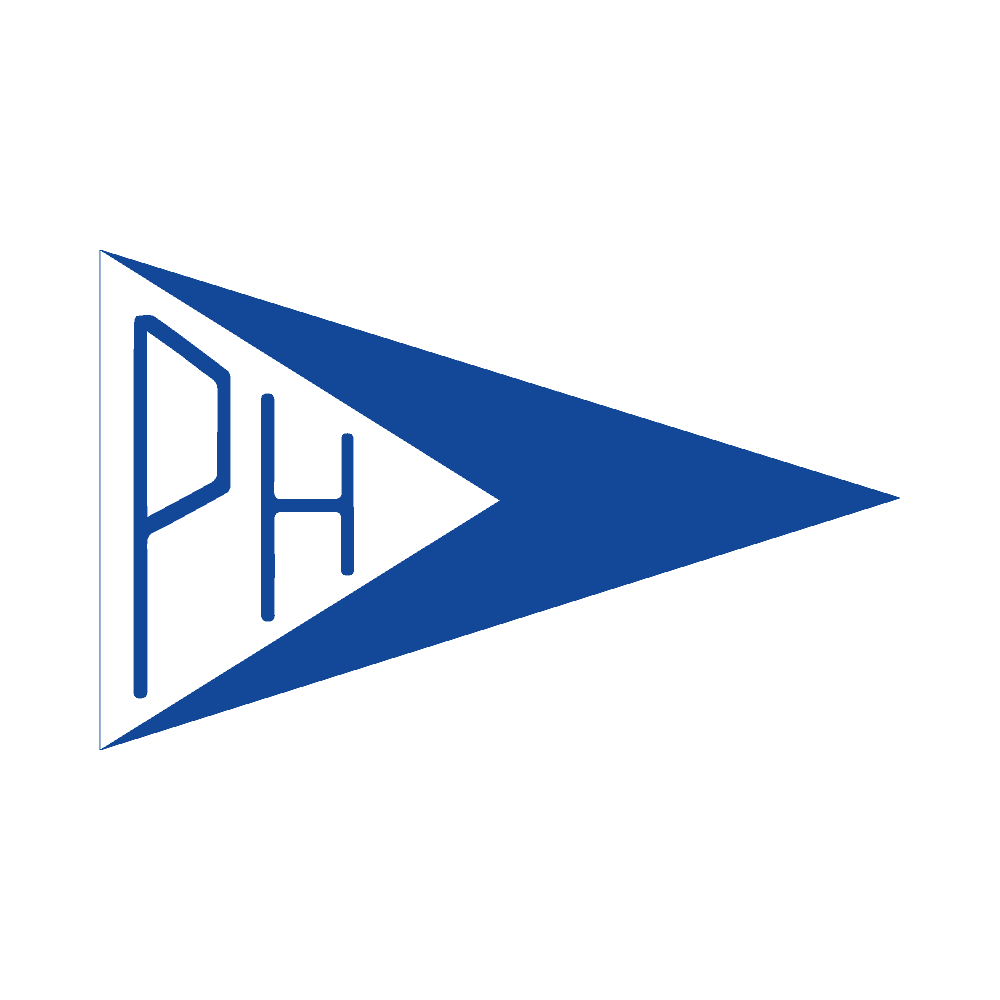
PHRF of the Chesapeake
Since 1976, PHRF of the Chesapeake has been actively involved in bringing affordable racing handicaps based on the Performance Handicap Racing Fleet system to the average sailboat racer. Today, PHRF is a nationwide standard for cruising class sailboat racing, and the PHRF of the Chesapeake fleet continues today as the largest handicap racing fleet on the Chesapeake Bay.
Stories from PHRF of the Chesapeake
Before 1976, cruising yachts on the Chesapeake Bay raced under various handicap measurement rules. Each rule used a formula to predict the potential speed of the yacht compared with the speed of the others. The calculated result was the yacht’s rating in equivalent feet, used to determine the time allowance handicap. Some of the rules also required the yacht to be lifted out of the water and weighted, which improved measurement accuracy but added to the cost. When yachts are similar in design, a simple rule with few measurements can be equitable. As boats vary more widely in their design, a fair rule becomes more complex and difficult to develop, requiring more measurements and becoming more expensive for the owners. Good yacht designers study measurement rules to find ways to design yachts that are fast but appear slow to the rules. To correct the handicaps of such “rule-beaters” requires adjustment of the rule. Most any adjustment affects not only the rule-beater, but all other yachts in the class as well, sometimes unfairly or contrary to the intent of the rule makers…
What was needed was an inexpensive handicapping system that could correct the handicaps of individual rule-beaters without affecting other yachts in the class. The boating industry expanded rapidly, and the number of new racing sailors increased just as rapidly. Many of them came from one-design day sailor fleets; they did not understand the measurement rules and did not want to spend a lot of money on ratings. They simply wanted to get out on the water and race. Many of the “old salts” as well were tired of the expense and complication of the measurement rules.
In Southern California, a group of yachtsmen developed a new approach to handicapping and organized the Pacific Handicap Racing Fleet. The British were already using the Portsmouth Yardstick system of handicapping different classes of day sailors to facilitate their racing together. Portsmouth numbers were assigned based on observed performance. Similarly, the Pacific Handicap Racing Fleet assigned handicaps to classes of cruising boats based on observations of actual performance, instead of operating on measurement or design information. They made supplemental use of the same measurements when performance data was not available, but not in a rating formula. The system was inexpensive, easy to administer, and produced ratings quickly. The method of rating yachts became popular and spread to other parts of the country, where “Pacific” in Pacific Handicap Racing Fleet was changed to “Performance” to become Performance Handicap Racing Fleet, which we now know to be PHRF.
What began as the Pacific Handicap Racing Fleet in Southern California has become a nation-wide handicapping system, following the overall guidance of the US PHRF committee, under US Sailing. Members of PHRF of the Chesapeake have taken turns serving on the US PHRF committee, providing a continuous presence there for many years. The PHRF handicapping racing fleet, administrated by PHRF of the Chesapeake, continues today as the largest handicap racing fleet on the Chesapeake Bay.
Michael W. Dale
President
